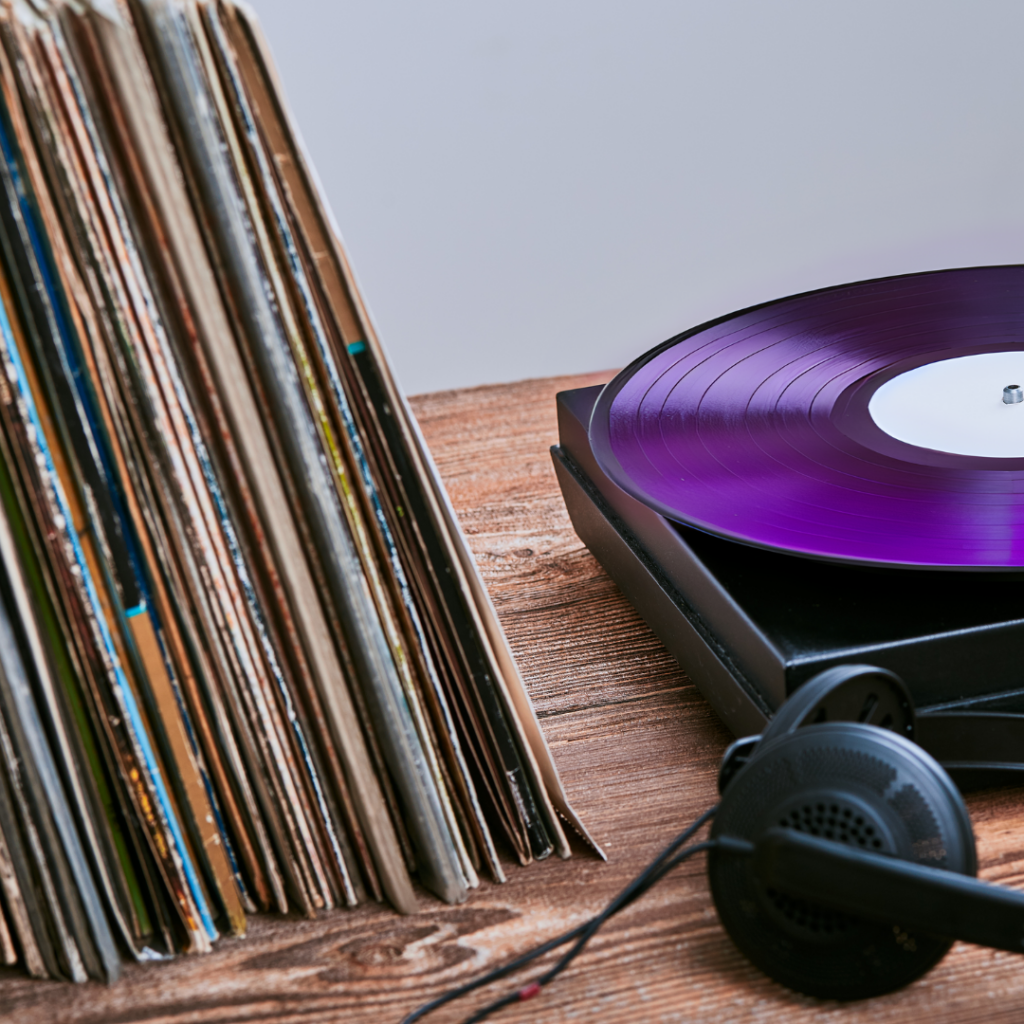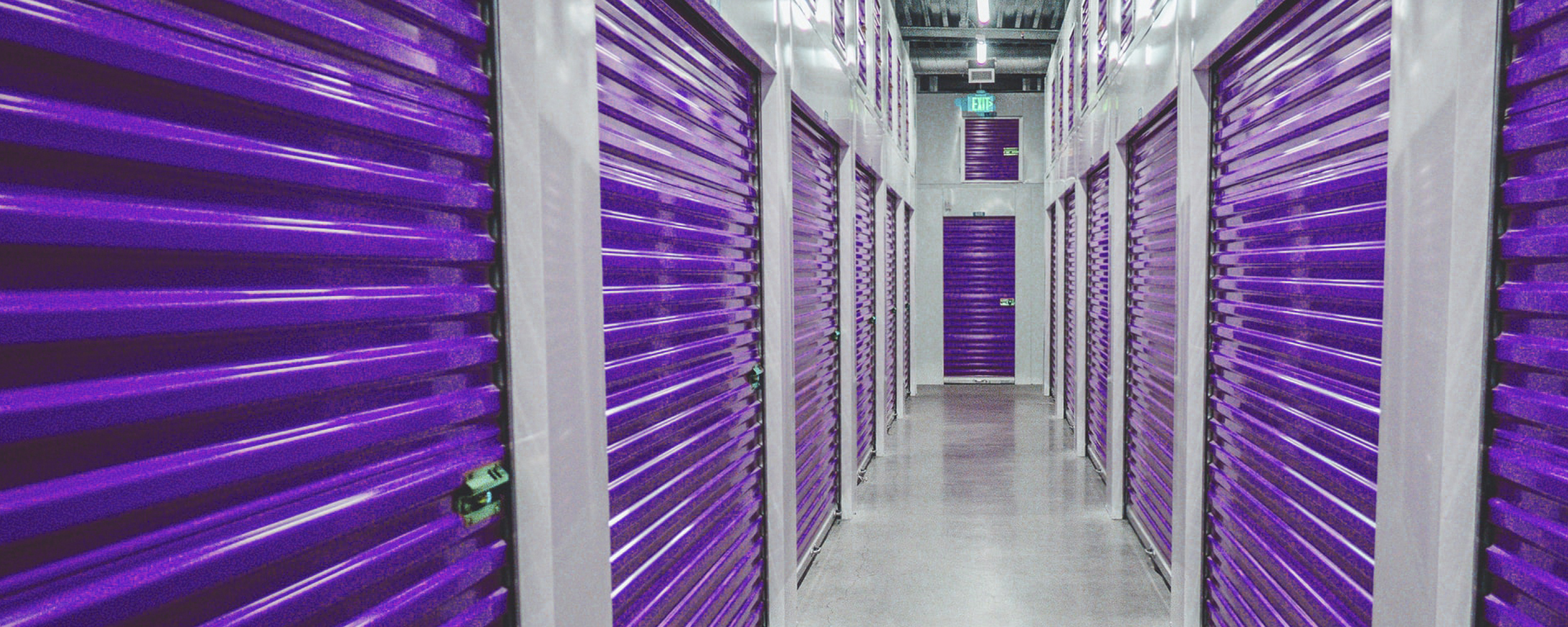
Storing and Moving Your Vinyl Collection: Essential Tips

For vinyl enthusiasts, a record collection is more than just a hobby—it’s a treasure trove of memories and musical journeys. Moving and storing your vinyl records requires careful consideration to ensure they remain in pristine condition. Whether you’re relocating to a new home or simply reorganizing, here are some essential tips for safeguarding your precious vinyl collection.
1. Pre-Move Preparation: Inventory and Organize
Before you start packing, take the time to prepare:
Create an Inventory: Catalog your collection, noting each record’s condition. This inventory will be helpful for insurance purposes and for keeping track during the move.
Organize by Category: Sort your records by genre, artist, or personal preference. This organization will make unpacking and setting up your collection easier.
2. Cleaning and Maintenance
Ensure your records are clean before packing:
Clean Your Records: Use a gentle, anti-static brush or a specialized vinyl cleaning solution to remove dust and debris. Clean records sound better and are less likely to get damaged during the move.
Inspect for Damage: Check each record and sleeve for any signs of damage. Replace worn-out sleeves with new, anti-static inner sleeves to protect the vinyl.

3. Proper Packing Techniques
Packing, storing and moving vinyl records correctly is crucial to prevent warping, scratching, and other damage:
Use Sturdy Boxes: Invest in high-quality, corrugated cardboard boxes specifically designed for vinyl records. These boxes provide better protection and are easier to stack.
Pack Vertically: Always pack records vertically, as stacking them horizontally can cause warping. Ensure the records are snug but not too tight to avoid pressure damage.
Fill Gaps: Use bubble wrap, packing paper, or foam inserts to fill any gaps in the boxes. This prevents movement and potential damage during transit.
Label Boxes: Clearly label each box with its contents and mark it as fragile. This will help movers handle them with care.
4. Climate Considerations
Vinyl records are sensitive to temperature and humidity:
Avoid Extreme Temperatures: Keep your records away from direct sunlight, heaters, and cold areas. Extreme temperatures can cause warping and other damage.
Control Humidity: Store records in a cool, dry place with controlled humidity levels. Excessive moisture can lead to mold and mildew growth on the sleeves and records.
5. Transporting Your Collection
When it comes to the actual move, take extra precautions:
Use a Personal Vehicle: If possible, transport your vinyl collection in your personal vehicle rather than a moving truck. This allows you to control the environment and handle them with extra care.
Secure the Boxes: Ensure the boxes are securely placed and won’t shift during transit. Use seat belts, blankets, or other padding to keep them stable.

6. Storing Your Vinyl Collection
If you need to store your vinyl collection for an extended period, follow these guidelines:
Choose the Right Storage Unit: Opt for a climate-controlled storage unit to protect your records from extreme temperatures and humidity.
Avoid Stacking: Do not stack record boxes on top of each other. Place them on sturdy shelving to avoid pressure damage.
Regular Inspections: Periodically check your stored records to ensure they remain in good condition. Look for any signs of mold, pests, or damage.
7. Unpacking and Setting Up
When you reach your new home, take care while unpacking:
Unpack Immediately: Don’t leave your records in boxes for too long. Unpack them as soon as possible to avoid prolonged pressure and potential damage.
Set Up Proper Shelving: Invest in high-quality shelving units designed for vinyl records. Ensure the shelves are sturdy and can support the weight of your collection.
Maintain Organization: Arrange your records according to your preferred system, whether it’s by genre, artist, or release date. This makes it easier to find and enjoy your favorite albums.


